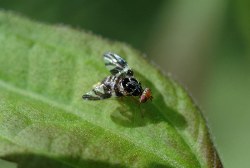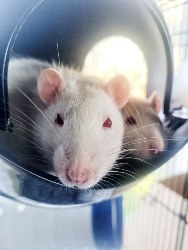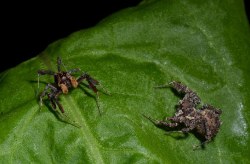Manuka honey sector gets boost with trial expansion
Manuka honey sector gets boost with trial expansion
The lucrative Manuka honey healthcare market
is set to expand after New Zealand’s largest farmer,
Landcorp Farming, announced it’ll be planting an
additional 93 hectares of mānuka honey trees.
The new plantings are part of the High Performance Mānuka Plantations programme — a seven year Primary Growth Partnership (PGP) between the mānuka honey industry and the Ministry for Primary Industries (MPI) to increase the yield and reliability of supply of medical grade mānuka honey.
The PGP trials, involving Landcorp, Hawke’s Bay Regional Council, Comvita, Aborex Industries, Don and Conchita Tweeddale and Nukuhau Carbon Ltd, were launched in 2011 to increase the value of the mānuka honey industry from an estimated $75 million towards $1.2 billion per annum by 2028. Maori Trustee Te Tumu Paeroa is also a shareholder in the programme.
Phil McKenzie, Landcorp’s General Manager for Property and Environment, said the addition of Landcorp farms in the Wairarapa, Canterbury and Te Anau would double the PGP programme’s capacity to conduct commercial field trials.
“The antibacterial quality of manuka honey when used topically is well understood. But there’s little known about why the strength and consistency of these properties varies.
“These trials are designed to test different ways of boosting mānuka honey production through planting of the shrubs in different environments and climates. The intention is to come up with ways to specifically breed and cultivate the crop. At the same time, we’ll also be testing the use of mānuka on the farm for riparian planting and as a shelter for stock, testing this alongside the mānuka honey trial.”
The main medical use for medical mānuka honey is for treating wound infections due to its naturally occurring methylglyoxal.
Methylglyoxal in honey is produced from dihydroxyacetone, a chemical present in the nectar of mānuka flowers. How much dihydroxyacetone is present varies enormously and the field trials are designed to test levels of it against a range of variables like climate, soils, and temperature.
Neil Walker, Managing Director of the Mānuka Research Partnership (NZ) Ltd, said early results from the plantation trials were encouraging but there was much more to learn.
“Some manuka plantations in the PGP trials are producing nectar with twice the level of dihydroxyacetone compared to wild mānuka grown in the same area. Our main research provider, Massey University, has also observed that the flowering period in the mānuka plantations can be extended by careful matching of mānuka varieties to location.
“Landcorp’s extension of the trials on hill country land and into riparian plantings and shelter for stock means we can complete a more robust analysis on things like shrub growth, nectar yield and quality, apiary issues, and plantation management. Knowing those factors will be essential for the large scale success of New Zealand’s mānuka honey industry,” he said.
Justine Gilliland, Director PGP at MPI said she’s excited by the greater potential of the High Performance Mānuka Plantations PGP programme.
“The programme will not only increase the yield and reliability of supply of medical grade mānuka honey , it also aims to achieve environmental benefits such as increasing the rate of hill country remediation, reducing costs associated with erosion and improving water quality,” she said.
Ends


 Business Canterbury: Urges Council To Cut Costs, Not Ambition For City
Business Canterbury: Urges Council To Cut Costs, Not Ambition For City Wellington Airport: On Track For Net Zero Emissions By 2028
Wellington Airport: On Track For Net Zero Emissions By 2028 Landcare Research: ANZAC Gall Fly Release Promises Natural Solution To Weed Threat
Landcare Research: ANZAC Gall Fly Release Promises Natural Solution To Weed Threat NZ Anti-Vivisection Society: Auckland Rat Lovers Unite!
NZ Anti-Vivisection Society: Auckland Rat Lovers Unite! University of Canterbury: $1.35 Million Grant To Study Lion-like Jumping Spiders
University of Canterbury: $1.35 Million Grant To Study Lion-like Jumping Spiders Federated Farmers: Government Ends War On Farming
Federated Farmers: Government Ends War On Farming



